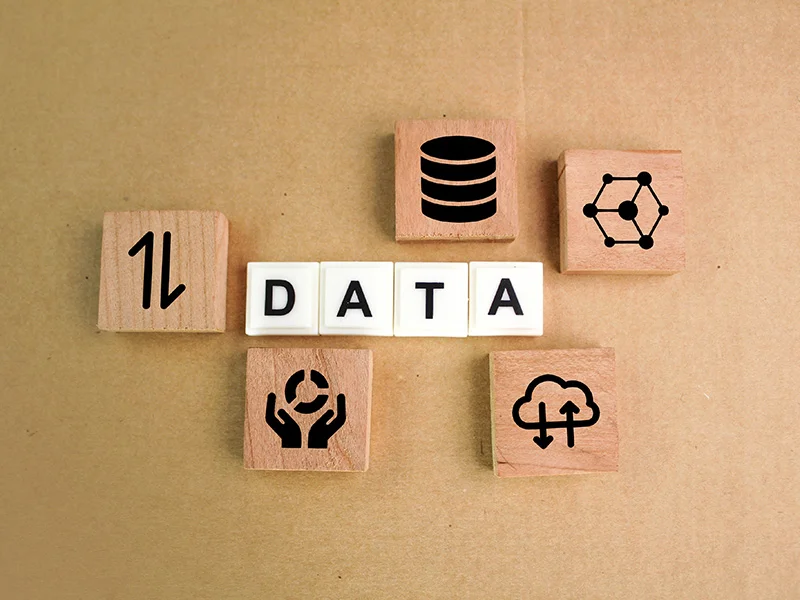In today’s digital age, data is the lifeblood of both businesses and individuals. From critical business documents to cherished family photos, losing data can be devastating. That’s where data backups come into play.
Not all backups are created equal. Understanding the different types of data backups is essential to ensure your information is safe, accessible, and recoverable when you need it most.
A full backup is a simple type of data backup. It involves copying all the data from a source system or device to another storage medium. This approach ensures that every piece of data is replicated, making it a reliable choice for data recovery. Full backups are typically performed periodically. It depends on the volume of data and your backup strategy.


While full backups provide complete data redundancy, they can be time-consuming and resource-intensive. Storing multiple increment backups can also consume a huge amount of storage space. To address these challenges, many backup solutions employ a combination of backup types.
With the rise of cloud computing, many organizations are turning to cloud-based backups. These backups store data securely and eliminate the need for on-site hardware.
Cloud-based backups offer scalability, accessibility, and automated backups, making them the best option for businesses of all sizes. They also provide an extra layer of protection in case of physical disasters. So, don’t wait until it’s too late—implement a suitable backup strategy today to secure your digital world.

